Data from the Kiev government shows that most of these missiles were launched from the air, while a small proportion were fired from the ground and sea.
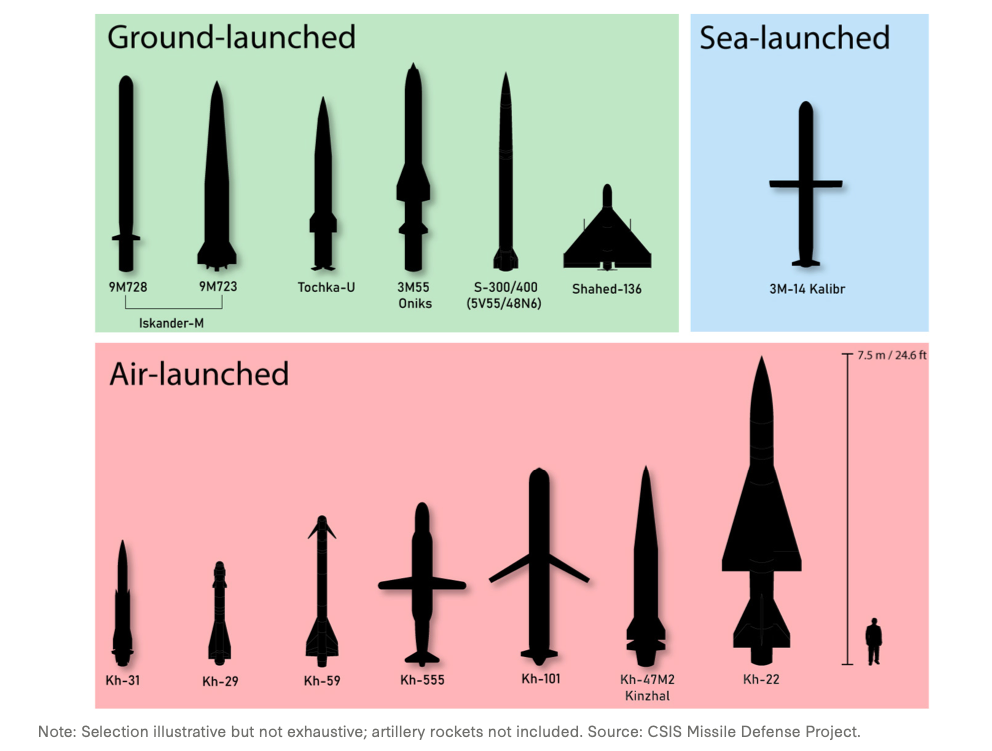
Air-launched missile
Including short- and long-range air-launched cruise missiles (ALCMs), as well as a variety of air-to-surface missiles. Ukraine says Russia fired more than 2,700 missiles from the air in the first five months of the conflict, about half of which came from aircraft outside its airspace.
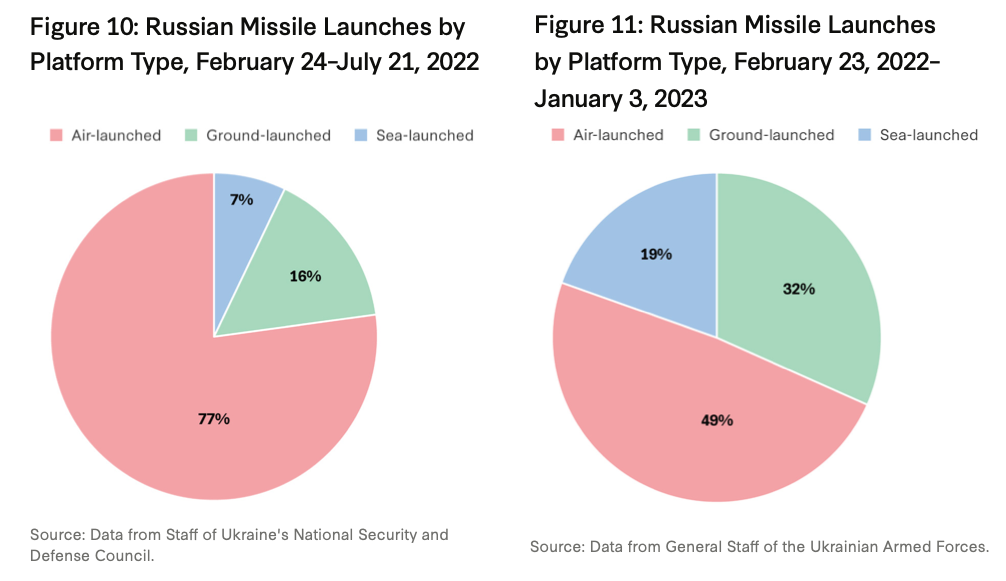
Since July 2022, Russia’s long-range strikes have continued to come primarily from Tu-95 and Tu-160 strategic bombers operating around the Caspian Sea and the Rostov region. The share of ground-based weapons has also increased during this period, with Moscow making significant use of the S-300 and Iskander systems for strikes.
The most widely used ALCMs are the Kh-101, which uses satellite navigation, introduced in 2012, and the Kh-555, a variant of the Kh-55 nuclear-armed ALCM.
Air-to-ground missile
Unlike cruise missiles, these weapons are typically smaller, have a shorter range (under 300 km), and are powered by rockets rather than jet engines. Air-to-surface missiles are typically launched from Su-24 or Su-25 tactical aircraft. For example, this category includes variants of the Kh-59, Kh-58, Kh-31, or Kh-29.

The most advanced of these is the Kh-25 (AS-10), which is equipped with satellite navigation, TV and infrared guidance systems. Russia also uses a number of short-range guided missiles such as the LMUR, a new anti-tank round equipped with an electro-optical seeker, launched from helicopters.
Anti-Radiation Missile (ARM)
There are two main types, Kh-58 and Kh-31P. ARM has seekers that focus on radar emissions, used to suppress and attack air defense systems. As of July 2022, Ukraine reported 35 ARM launches.
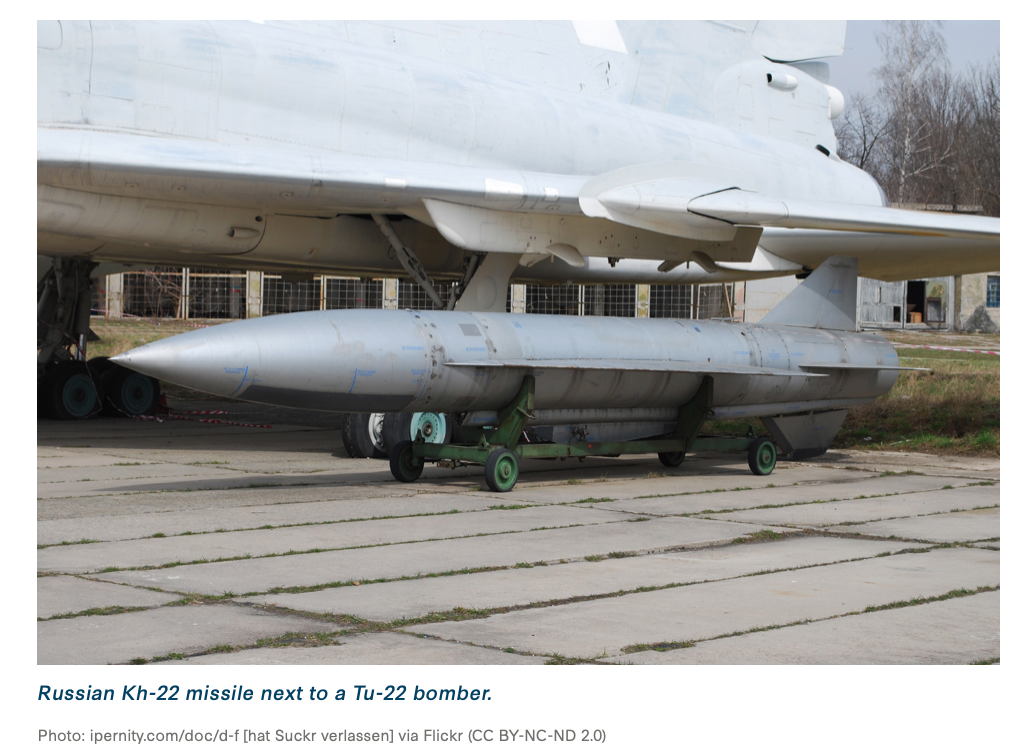
Also last summer, Russia began re-using its stockpile of Kh-22 and Kh-32 air-launched anti-ship missiles for ground attack missions. Fired from Tu-22 bombers, these missiles are large, carry explosive warheads of more than 900kg, and have a range of 600km at supersonic speeds.
The Kh-22 uses an active radar seeker for terminal guidance. The Kh-32, meanwhile, is a more modern version that has been reduced in weight and is said to be more resistant to jamming.
Hypersonic missile
The war with Ukraine was also the first time Russia used the Kh-47 Kinzhal hypersonic missile, a modified version of the 9K720 Iskander ballistic missile, launched from a MiG-31K fighter jet.
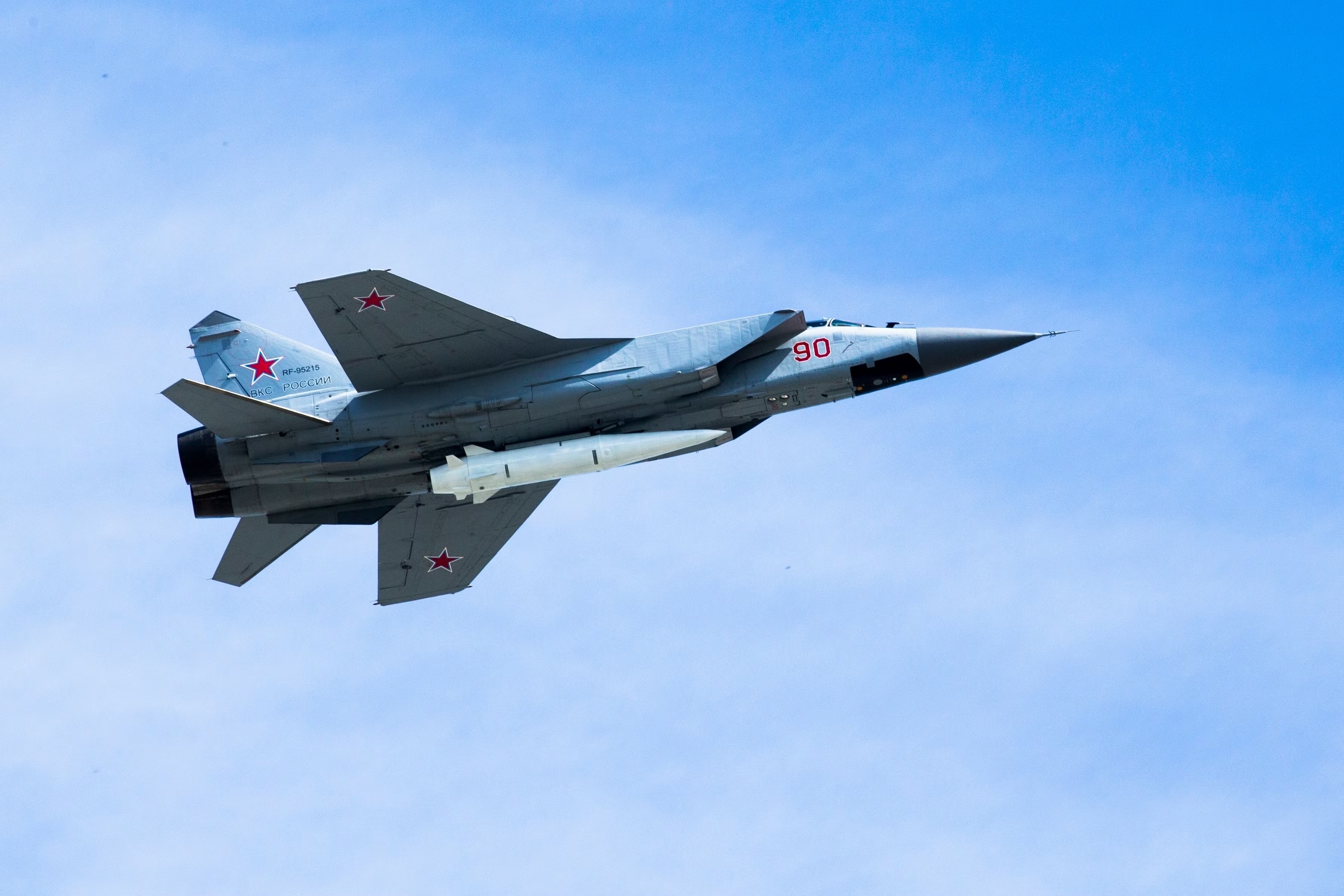
Ukraine estimates that Russia used 10 Kh-47 missiles in 2022. On May 4, Kiev announced that it shot down a Kinzhal missile with a US-aided Patriot PAC-3 air defense system. However, Russia has not yet commented on the above information.
Missile fired from sea
Russian warships and submarines regularly launch 3M-14 Kalibr cruise missiles from the Black Sea and the Caspian Sea. These missiles have a range of up to 2,500km, mainly targeting military and infrastructure targets deep inside Ukraine.
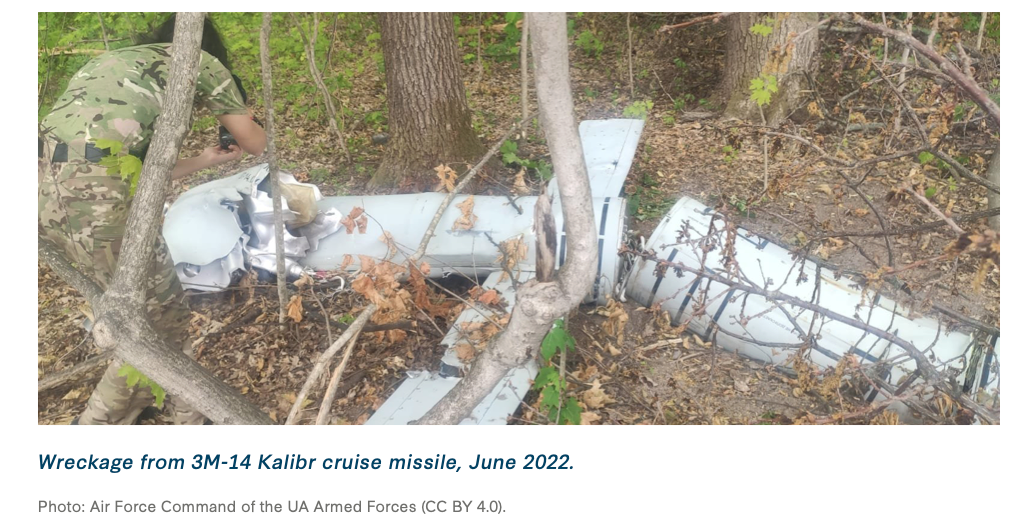
By the end of 2022, Kiev recorded that Moscow had launched about 600 Kalibr missiles into the country.
Short-range ballistic missile (SRBM)
The most commonly used type is the 9M723, also known as the Iskander, which has a range of 500km and can carry a payload of up to 700kg. In July 2022, Ukraine estimated that there had been 124 Iskander sorties, and by January 2023, the country's defense minister announced that Russia had launched nearly 750 of these missiles.
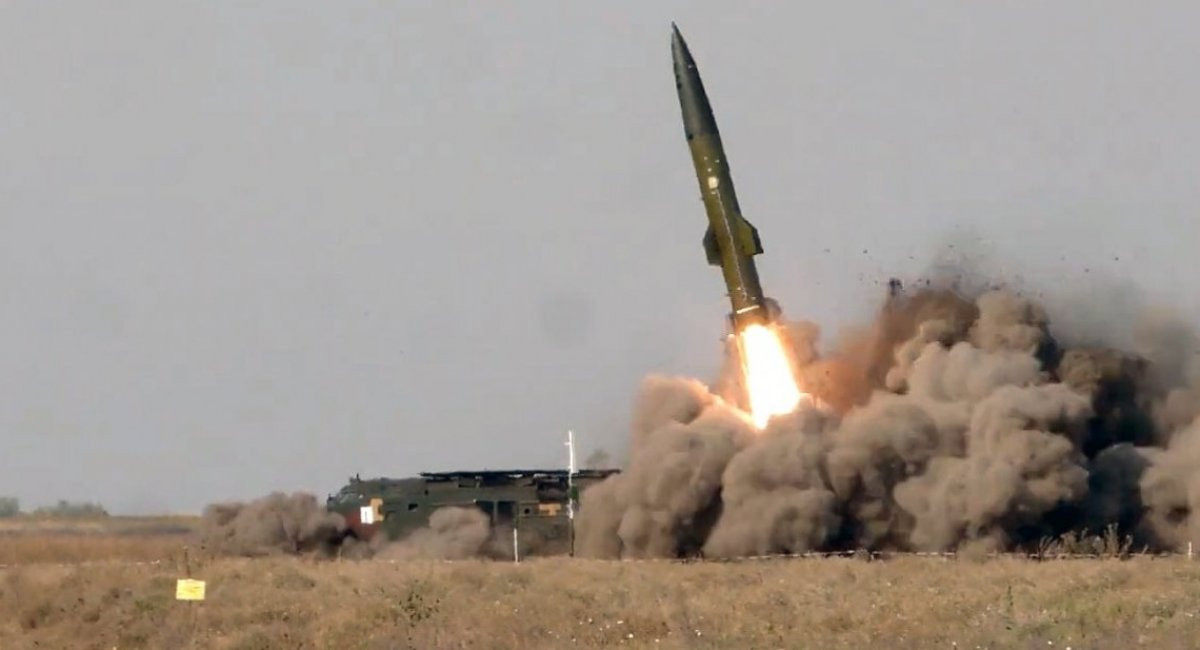
In addition, a number of other ground-launched cruise missiles such as the 9M727 and 9M728 have also been fired from the 9K720 Iskander-M launcher.
P-800 Oniks
One of the notable Russian actions during the war was the re-use of anti-ship and anti-aircraft missiles for ground attack missions. The P-800 is a supersonic missile with an active radar seeker, often used to attack heavily armored warships.
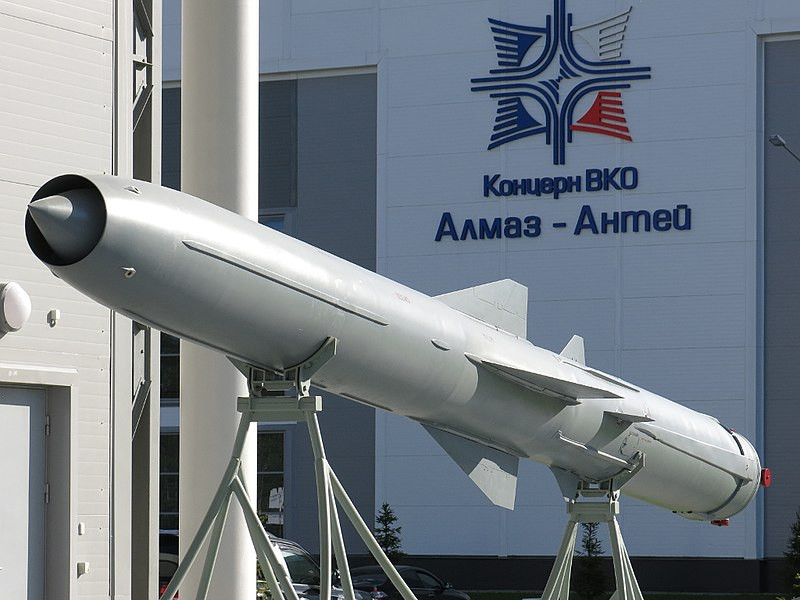
Moscow also used the P-800 Oniks to attack ground targets in Syria in 2016. Ukraine estimates that in 2022, Russia launched less than 150 Oniks missiles into the country.
S-300
Although it is a long-range air defense system, the S-300 can be activated in surface-to-surface mode. The system carries relatively small warheads (mostly around 150kg) and uses semi-active radar for terminal homing.
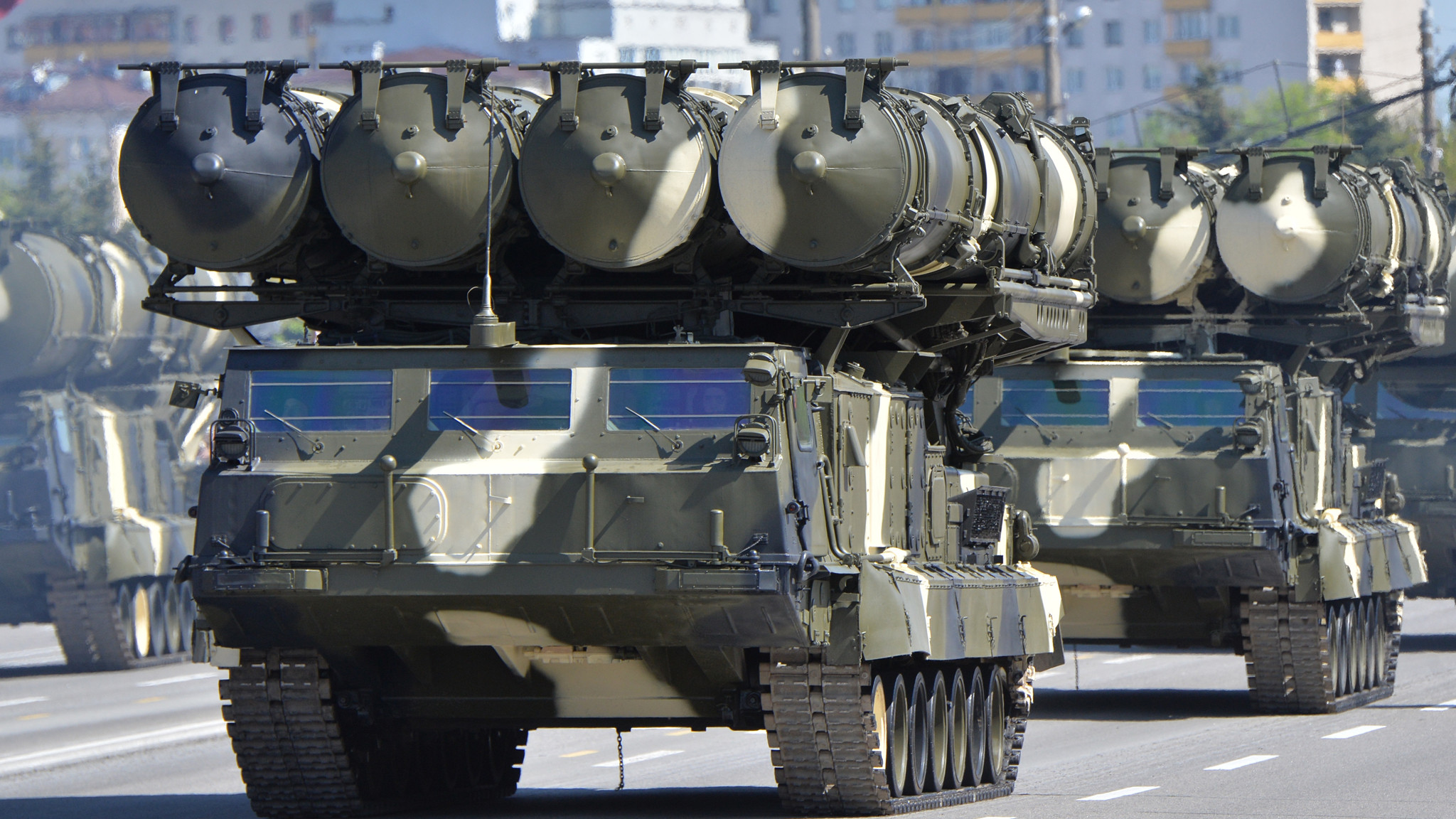
Most of these missiles are likely to be the older 5V5KK with a range of 120km, but by early 2023, the long-range 48N6 interceptor variant has also been reported.
(According to CSIS)
Source























![[Photo] National Assembly Chairman Tran Thanh Man visits Vietnamese Heroic Mother Ta Thi Tran](https://vphoto.vietnam.vn/thumb/1200x675/vietnam/resource/IMAGE/2025/7/20/765c0bd057dd44ad83ab89fe0255b783)




































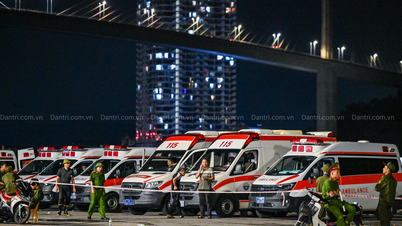




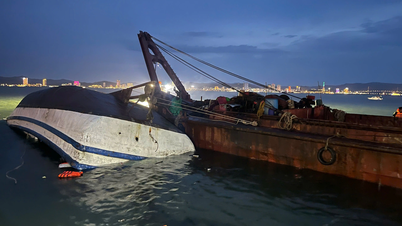

































Comment (0)